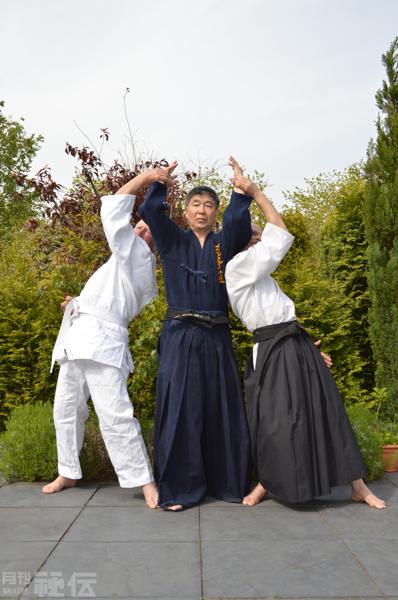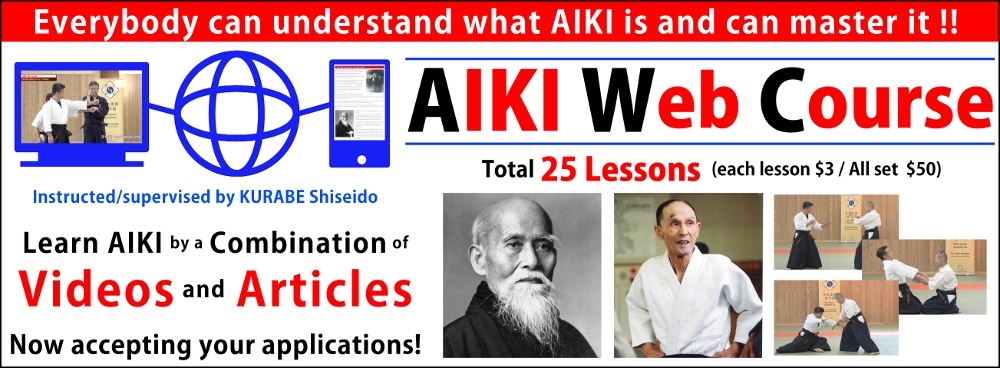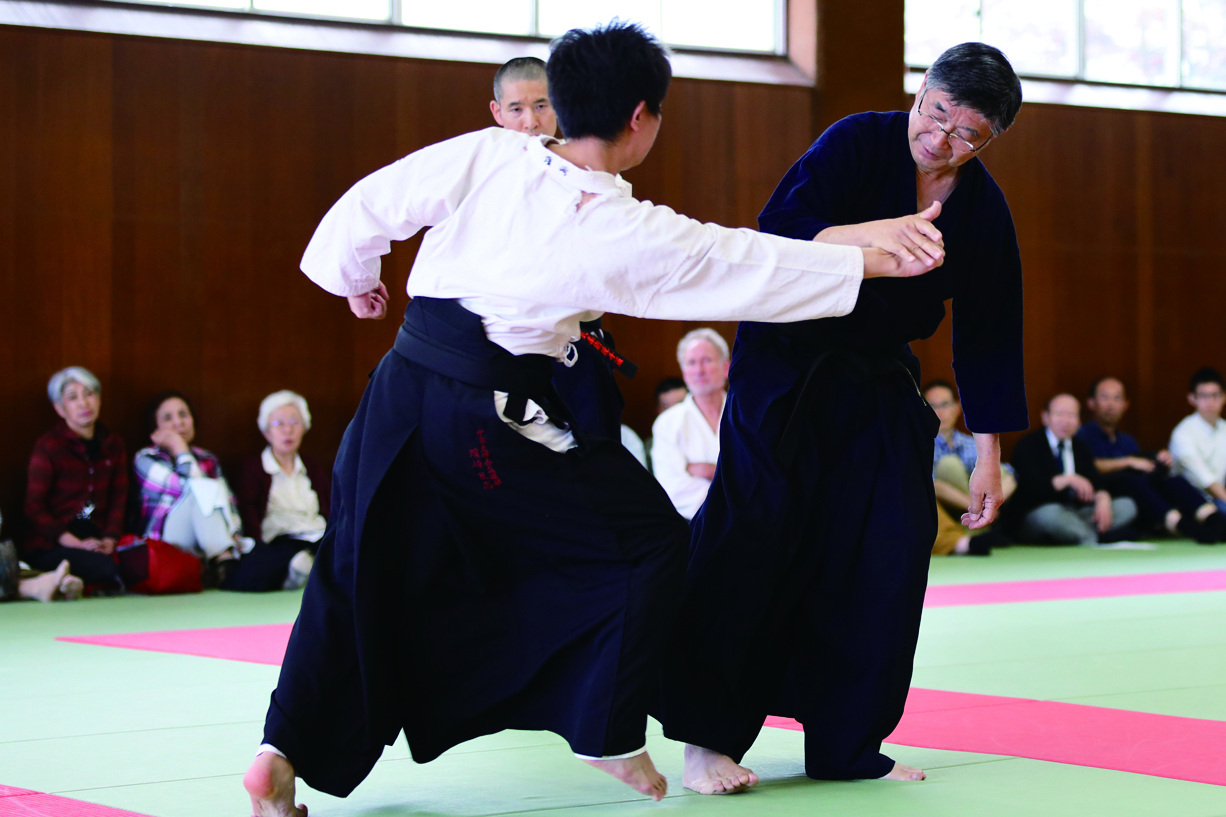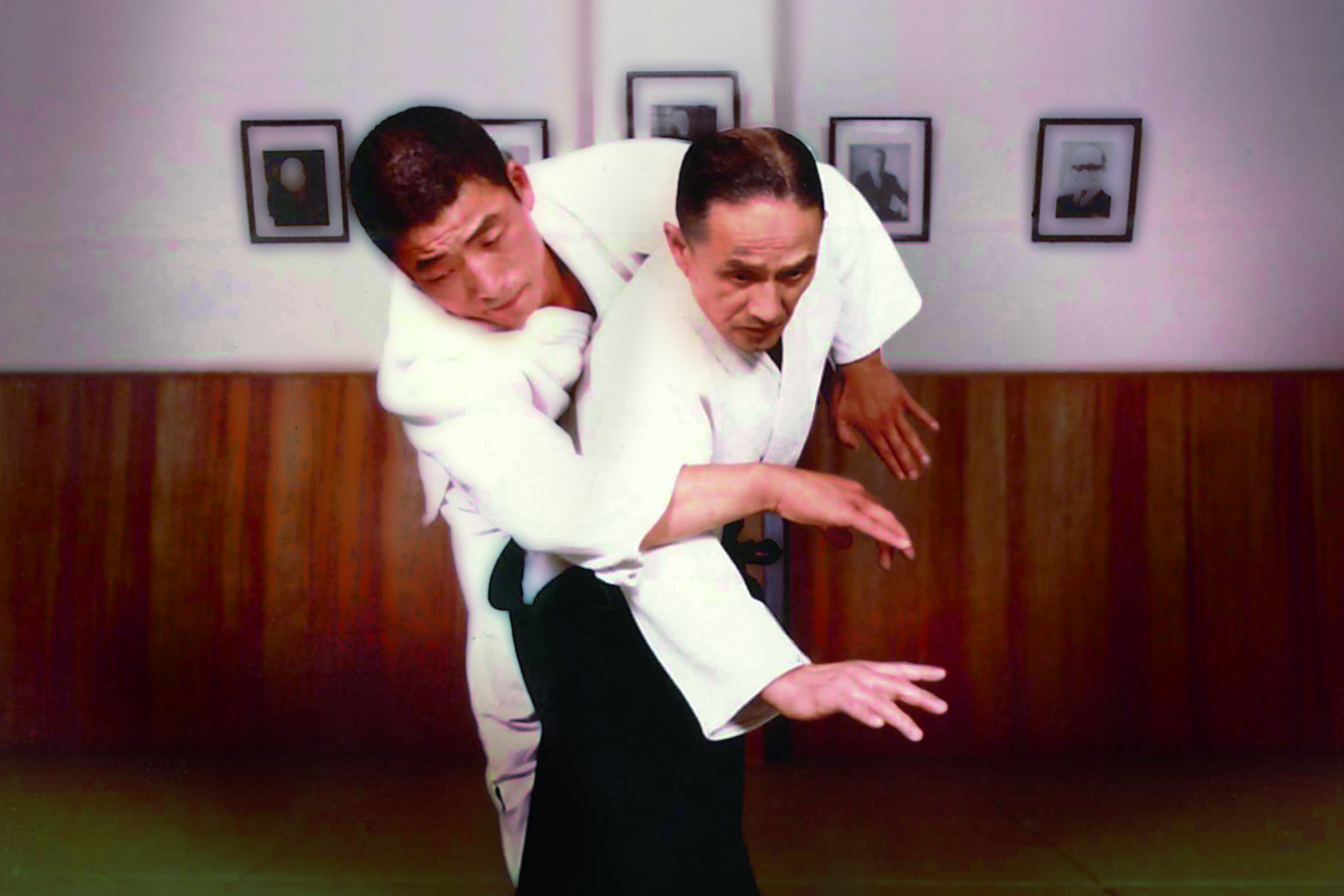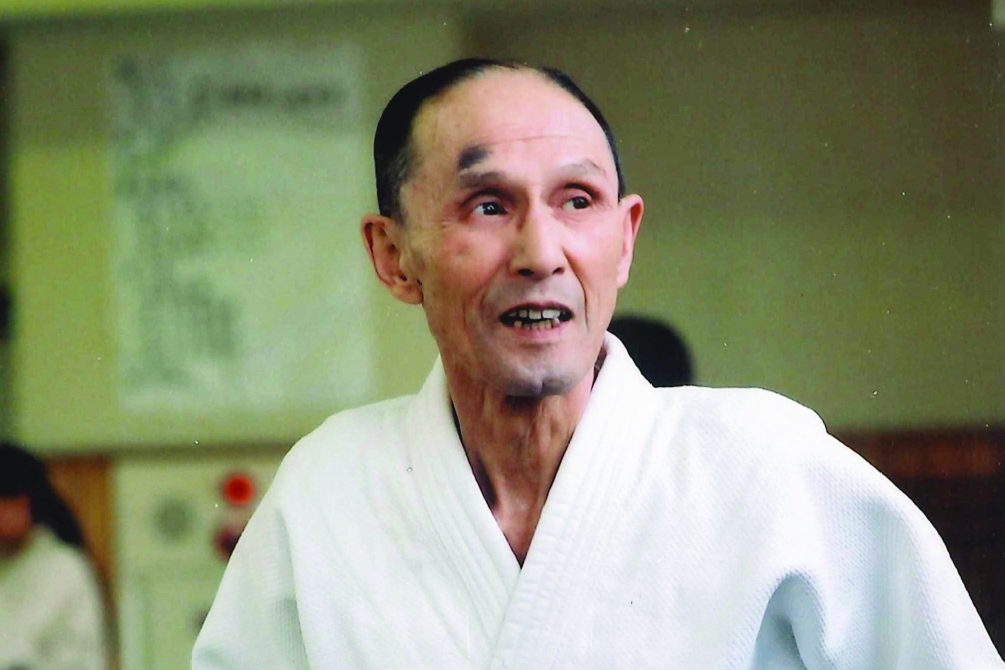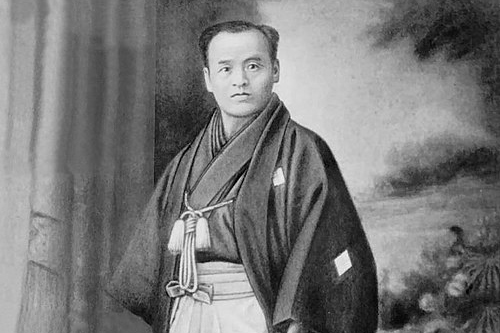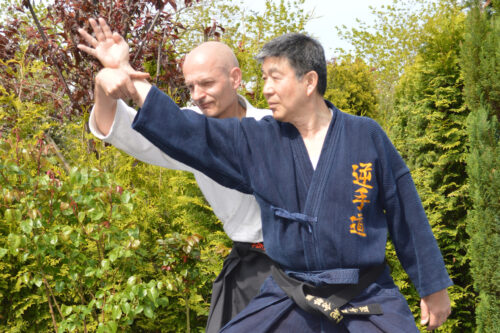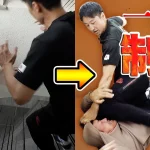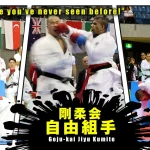» At the starting of AIKI Web Course
【AIKI Web Course Part 1】
Knowledge of AIKI Series 4「Genealogy of Daito-ryu 2」
In this chapter, I would like to introduce some of Sokaku TAKEDA’s disciples on the 2nd generation, who are the masters of AIKI defined in this article.
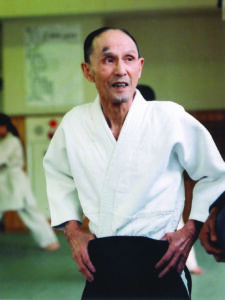 【Gozo SHIODA (1915-1994)】
【Gozo SHIODA (1915-1994)】
Together with Yukiyoshi SAGAWA, who was introduced in the previous chapter, he is regarded as an unparalleled master of AIKI.
In 1932, Gozo SHIODA, who was 18 years old at the time, saw Morihei UESHIBA’s demonstration and suspected that it was a “fixing match”. So, he tried to compete with UESHIBA and was completely defeated by being thrown away several times. At the same day Gozo became UESHIBA’s disciple.
After that, he continued to study AIKI Jujutsu under Morihei UESHIBA, and in 1954 he performed at the “Japan General Kobudo Tournament” and won the highest award.
In 1955, with the permission of Morihei UESHIBA, he founded Yoshin-kan Aikido and established the Aikido Yoshin-kai association. He also settled a Dojo in Tsukudo Hachiman, Shinjuku Tokyo. In 1961, he received a certificate of Aikido 9th Dan (the highest rank at that time) from UESHIBA, and after that he had become completely independent from Morihei UESHIBA, i.e. from Aiki-kai.
In 2002, Kyoichi INOUE, one of the best disciples of SHIODA, became the second president of the Yoshin-kan Aikido Federation, which was established by SHIODA. Currently, Tsuneo ANDO takes over the federation as the chief instructor.
While Yasuhisa SHIODA, Gozo’s third son, established the SHIODA International Aikido Federation (SIAF) together with his third son, Masahiro.
In 1962, Gozo SHIODA became world-famous when he performed AIKI in front of Mr. and Mrs. Robert KENNEDY, who paid a courtesy visit to Yoshin-kan during their stay in Japan.
KENNEDY, who saw SHIODA’s performance, thought it was a “fixing match” that the small and old SHIODA could throw his disciples quite easily. So he let his bodyguard compete with SHIODA.
Then SHIODA grabbed both arms of that bodyguard who was twice as big as SHIODA, and applied AIKI to him. The bodyguard struggled as if a spider had been pinned down on the floor by SHIODA, a small skinny old man.
The scene became known to people all over the world through television and KENNEDY’s memoirs, and many people have started getting interest in the AIKI used by SHIODA.
Gozo SHIODA’s techniques are characterized by their speedy and sharp movements. He makes full use of techniques such as a variety of AIKI ATEMI, hitting techniques, the techniques that instantly bounce the opponent, and techniques that instantly stiffen the opponent’s muscles and render them powerless. He boasted of unbeatable strength against even plural opponents.
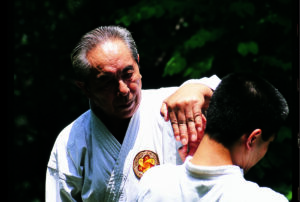 【Seigo OKAMOTO(1925-2015)】
【Seigo OKAMOTO(1925-2015)】
Born in Yubari, Hokkaido in 1925. At the age of 38, which was very late for a martial artist, he decided to pursue martial arts for the first time and started practice under Kodo HORIKAWA. He got a master’s license in 1978 and founded the Daito-ryu AIKI Jujutsu Roppo-kai in Tokyo in 1980.
In 1984, he published “Introduction to AIKI Jujutsu”, in which he explained the techniques of Daito-ryu with continuous photographs. This was the first time that the techniques of Daito-ryu had been opened in that way, and it introduced Daito-ryu to the world, which until then was not well known.
Seigo’s AIKI techniques faithfully inherited the “soft” AIKI that his master Kodo HORIKAWA was good at, in which the opponent was thrown just by touching or being touched.
He also actively promoted AIKI overseas, and his Roppo-kai organization has been spread across six countries, the United States, Mexico, Denmark, Spain, Sweden, and Russia.
It should be mentioned that Mr. Ole Kingston Jensen of his Roppo-kai Danish branch was used as a model in the movie “AIKI”, which was released in 2002 and was based on an Aikido practitionerin a wheelchair.
In Europe, there are few people who can truly practice AIKI. But in Denmark there are quite a few people who can do AIKI, probably because of the activities of Roppo-kai.
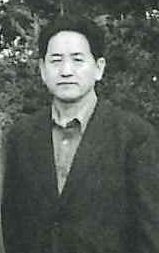 【Kouzui TSURUYAMA(1928-1988)】
【Kouzui TSURUYAMA(1928-1988)】
In 1964, he became a disciple of Takuma HISA. In 1977, it is said that he received his master’s license from Takuma HISA.
He established Japanese Traditional AIKI Jujutsu. In 1985, he received a master’s license in YAGYU Shinkage-ryu Hyoho. He claims that Daito-ryu’s technical system should consist of three parts: Jujutsu, AIKI-Jujutsu, and AIKI-no-Jutsu. His disciples include Kogen SUGAWARA.
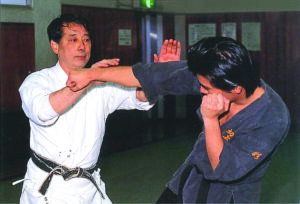 【Keisetsu YOSHIMARU (1931~2014)】
【Keisetsu YOSHIMARU (1931~2014)】
He was a martial artist and a martial arts researcher as well. He founded Daito-ryu AIKI Jujutsu Rentai-kai (AIKI Rentai-kai). He mastered many different types of AIKI Jujutsu, such as Sagawa-ha Daito-ryu AIKI Bujutsu (Yukiyoshi SAGAWA), YAMAMOTO-ha SATO-den Daito-ryu AIKI-Jujutsu (Kakugi YAMAMOTO), and UESHIBA-ha SATO-den Daito-ryu AIKI Jujutsu. He also taught Tai Chi.
His AIK Rentai-kai is now run by Shoji ARIMITSU.
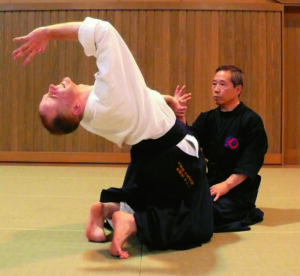 【Hiroo IIDA】
【Hiroo IIDA】
For more than 30 years, he studied AIKI Jujutsu under Kodo HORIKAWA, a best disciple of Sokaku TAKEDA and received the title of Eternal Master, then after his successor, Yusuke INOUE.
In 2001, he founded Daito-ryu Muden-juku, a self-defense art of AIKI, to spread the Daito-ryu AIKI that he had learned. He makes full use of a powerful AIKI technique that puts the opponent’s entire body in a state of paralysis just by touching it.
Currently, based in Hokkaido, he has branch offices in Ireland, Portugal, Germany, and North America, where he teaches overseas disciples and is committed to the spread and development of AIKI.
In addition, there is Shindo CHUJO, a Zen priest in Miyagi prefecture, who studied under Hiroo IIDA and founded the Garyu Zen Dojo at the temple where he currently works, and teaches AIKI from a Zen perspective. With his very easy-to-understand instruction, he is instructing AIKI to his disciples including persons out of Japan.
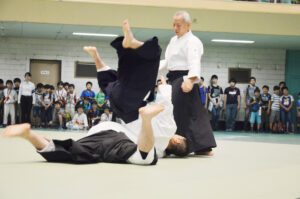 【Seishiro ENDO】
【Seishiro ENDO】
One of Morihei UESHIBA’s last Uchi-Deshi. Aikido 8th Dan, He set up a Dojo in Saku, Yamanashi prefecture and is instructing his disciples. After Morihei UESHIBA’s passing away, he worked to introduce and popularize Aikido not only in Japan but in 30 countries in the world. There are many foreigners who are attracted to the orthodox and exquisite performance of AIKI to collapse down the opponent and apply the technique.
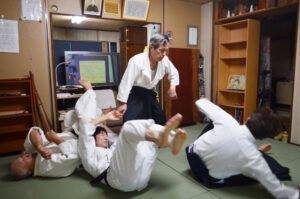 【Yoshio OHARA】
【Yoshio OHARA】
He became a disciple of SAGAWA in 1969. He entered Tokyo Gakugei University in 1970 and in that university he founded a branch Dojo. He became the first direct disciple of SAGAWA who was allowed to found a branch Dojo outside the SAGAWA Head Dojo.
In 1979, he became Okuden 4th Dan (with the title of “Shihan-dai”) and founded “Soushin-kan” in 2016. The following year, he also established the Daito-ryu AIKI Bujutsu Institute.
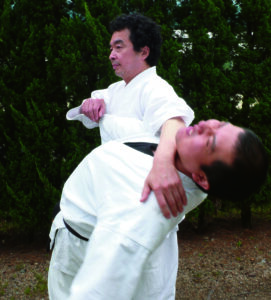 【Kunio YASUE】
【Kunio YASUE】
PHD of Science. His specialty is mathematical physics, quantum mechanics, and brain science. Born in Okayama prefecture. He worked as a professor at Notre Dame Seishin Women’s University. He is the founder of Kankoji Shinpo and Kankoji-ryu Jujutsu.
He has published over 45 books till now. He entered SAGAWA Dojo through the introduction of Tatsuo KIMURA, who is also a PHD of science. He advocated the teaching of Christian love and the technique of treating the other person with love without hostility. He is very familiar at AIKI mode method which adjust the brain wave to a lower frequency to collapse the opponent. His disciples include Hirokazu HATAMURA of Kiku Jutsu and Tetsuaki MATSUMURA of Goju-ryu Karate. He devotes himself to teaching so that all of his disciples can master AIKI, and that attitude is passed on to his disciples as well.
【Web AIKI Course Part 1】
Series 1「What is AIKI ?」
Series 2「Daito-ryu founded by Sokaku TAKEDA」
Series 3「Genealogy of Daito-ryu 1」
Series 4「Genealogy of Daito-ryu 2」
Series 5「Ryu-ha derived from Daito-ryu」
Series 6「How AIKI Works」
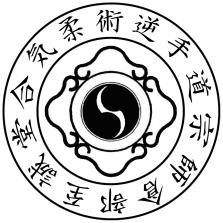 KURABE Makoto SHISEIDO
KURABE Makoto SHISEIDO
representative of AIKI JUJUTSU GYAKUTE-DO
Facebook: AIKI Jujutsu Gyakute-do
Wrote & supervised by KURABE Makoto SHISEIDO, 2nd Soushi(Grand master) of AIKI Jujutsu Gyakute-do
He was born in 1950 in Kashiwa city Chiba prefecture. Graduated PHD course of Science University of Tokyo. After learning Judo and Shito-ryu Karate-do, started learning Gyakute-do Jujutsu which was created under influence of Hakko-ryu Jujutsu and the other Ko Bujutsu. Since TANAKA Tadashi CHUSHUDO, founder of Gyakute-do, 1st Soushi, passed away and the Ryuha died out without a successor, he had started instructing Gyakute-do seriously to the local Budo fans in the Netherlands so that he can let the name Gyakute-do would not disappear. Besides, during pursuing Gyakute-do, he had discovered the theory of AIKI and had established the methods to realize AIKI and the practicing way in his original way successfully.
Time to time he often writes for the Japanese martial arts journal “Hiden”. So far he has published books “Theory of Vibration Modal Analysis”, “Story of Dutch”, “Fast learning AIKI”, etc., DVDs “How to master AIKI” etc.
Learn AIKI by a Combination of
Videos and Articles!!
» At the starting of AIKI Web Course
with Videos and Free Articles
AIKI Web Course Part 2 24 Lessons
-
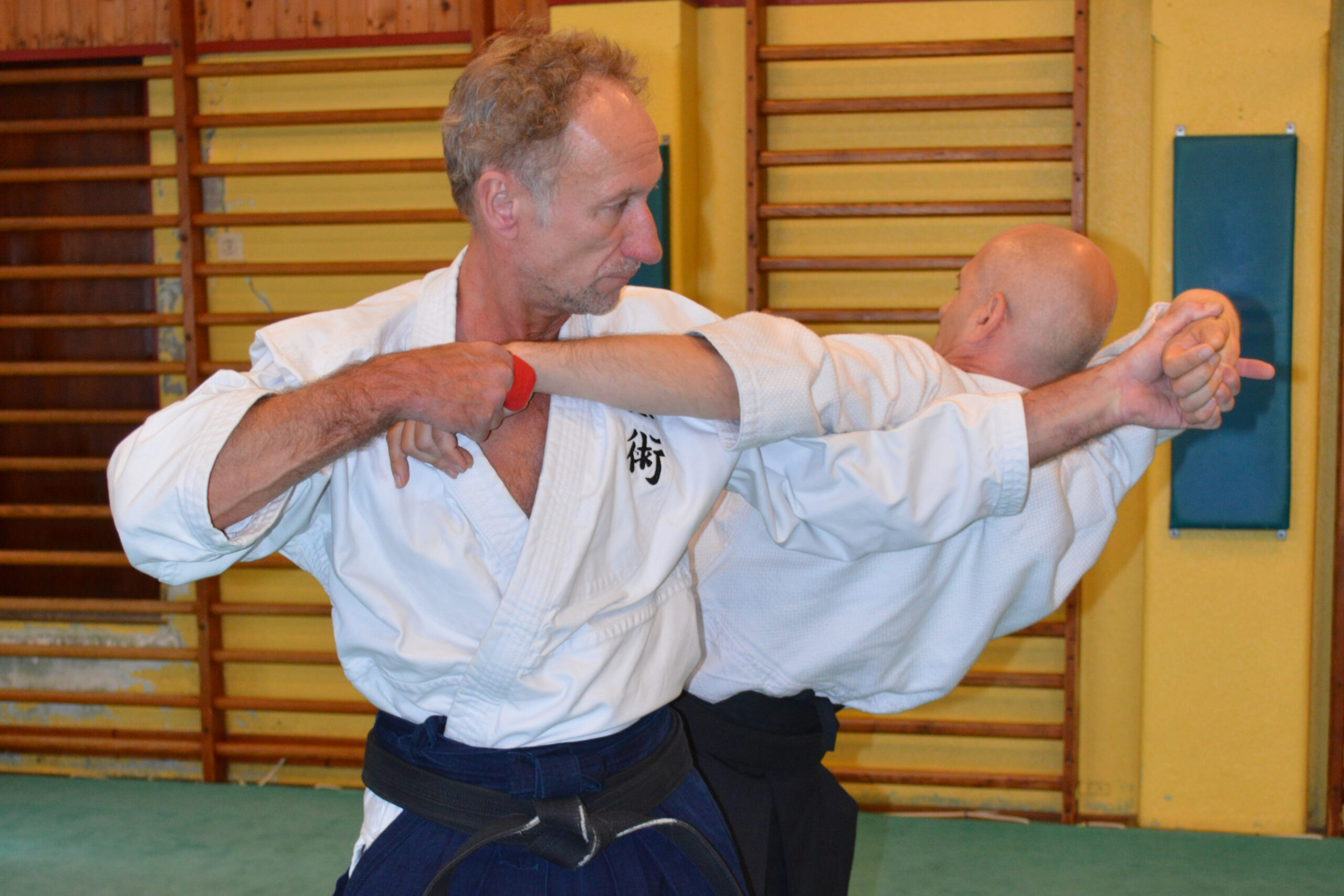
【AIKI JUJUTSU GYAKUTE-DO Series No.5】How you can learn Jujutsu properly
-
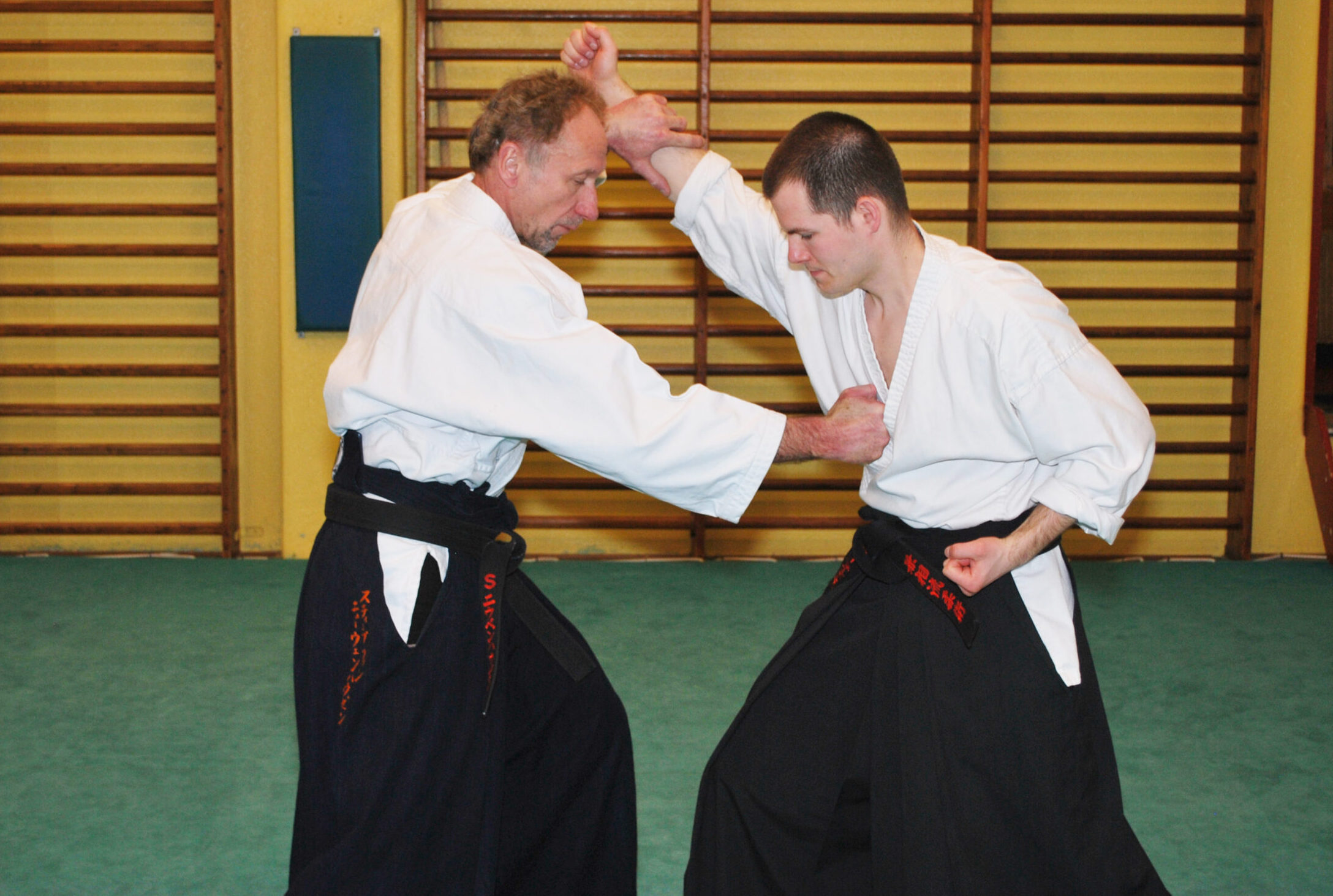
【AIKI JUJUTSU GYAKUTE-DO Series No.4】DAKEN-HO Hit and Kick KATA and AIKI
-
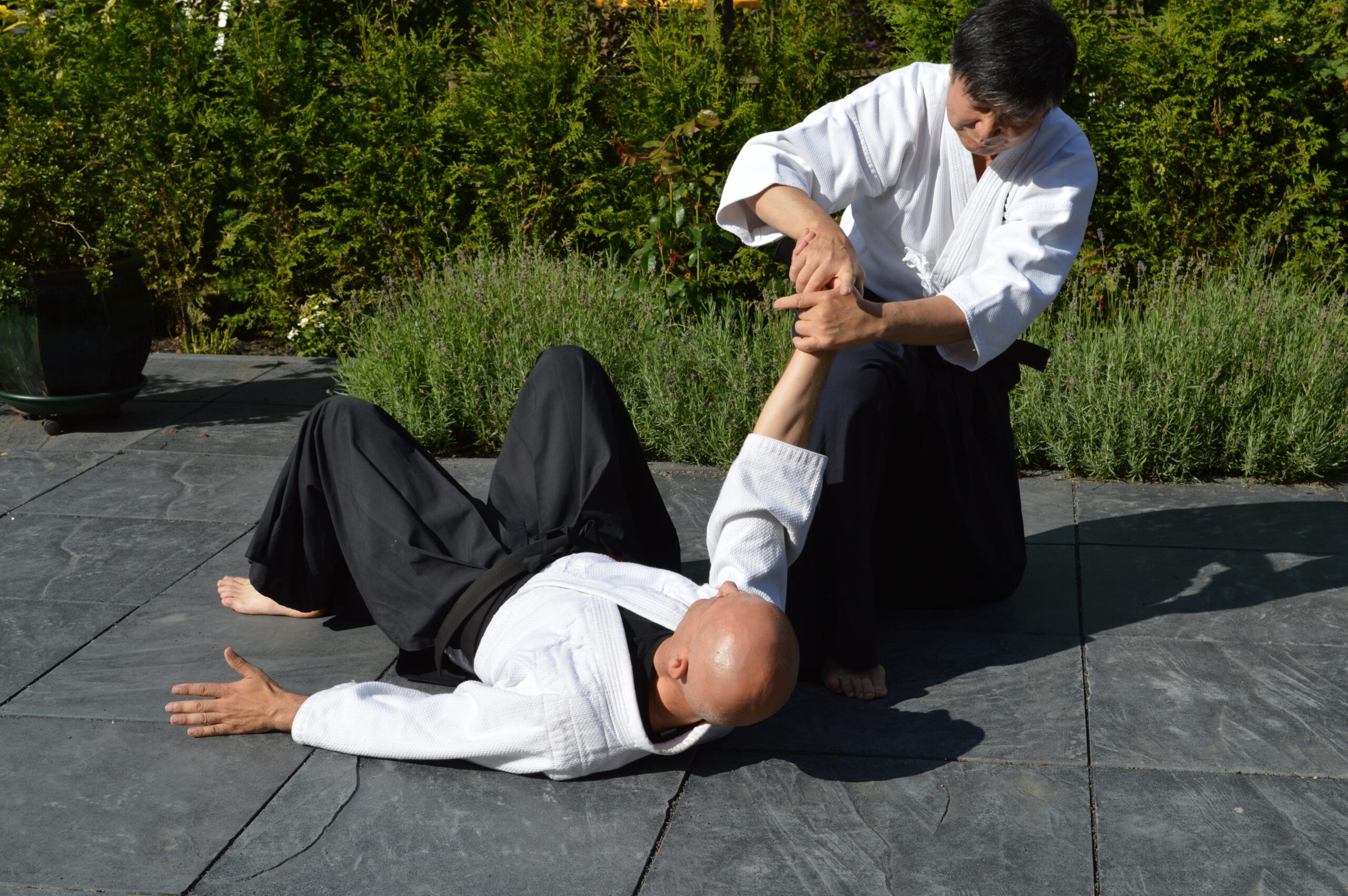
【AIKI JUJUTSU GYAKUTE-DO Series No.3】JUJUTSU WAZA, digest of FUDO
-
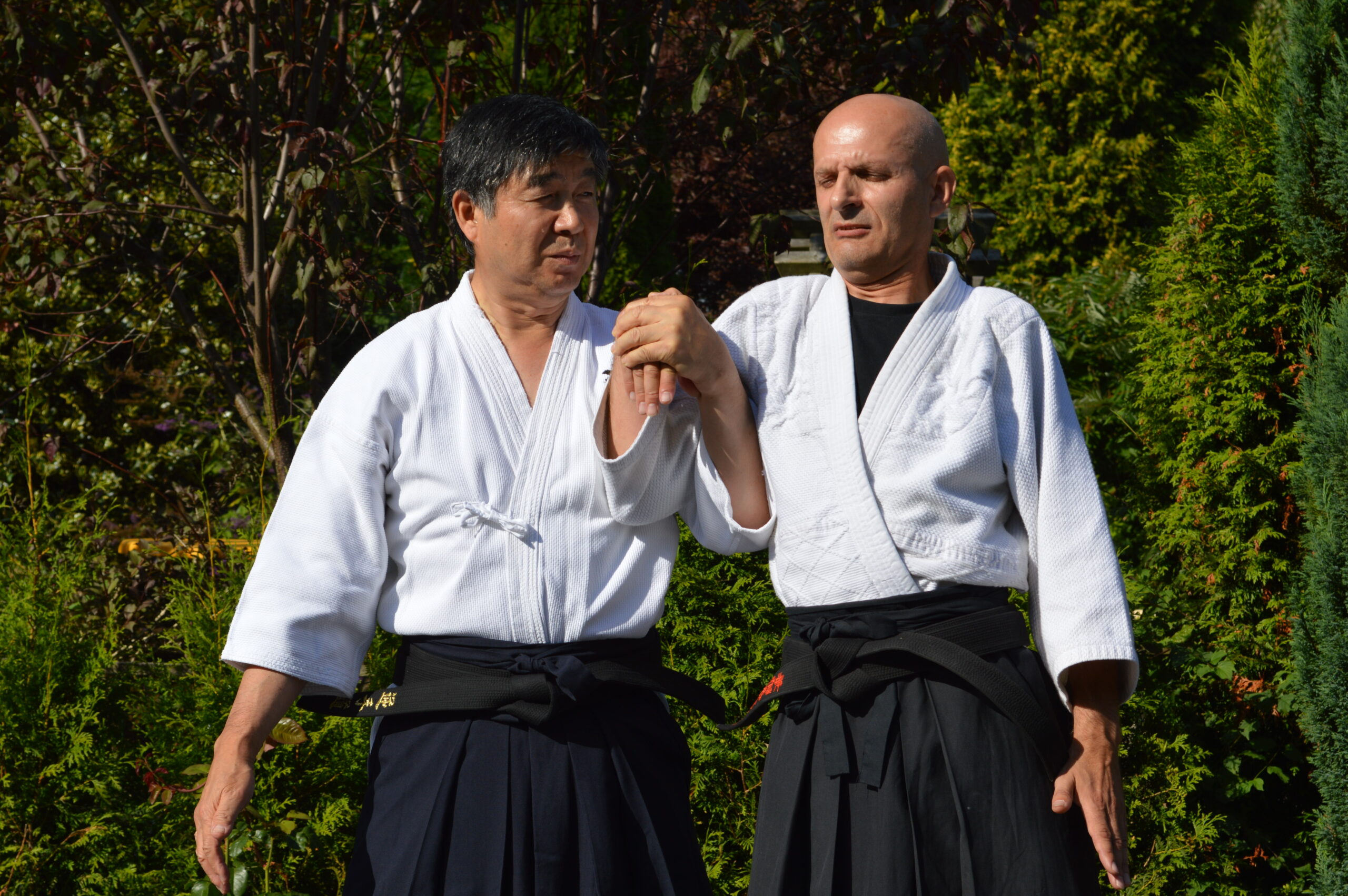
【AIKI JUJUTSU GYAKUTE-DO Series No.2】JUJUTSU WAZA, digest of NUKI, RENKO and NAGE
-
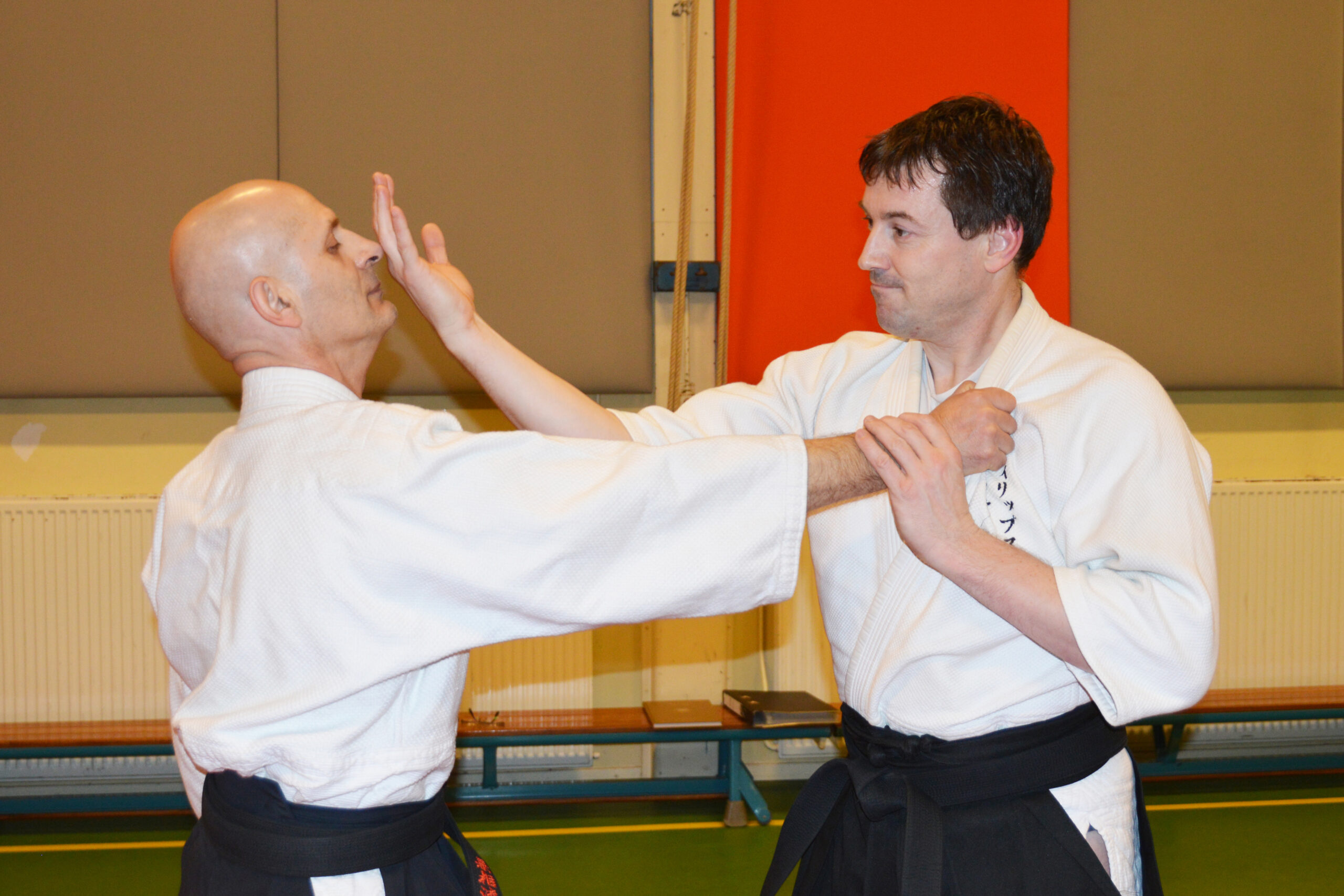
【AIKI JUJUTSU GYAKUTE-DO Series No.1】About GYAKUTE-DO and the digest of its basic techniques
-
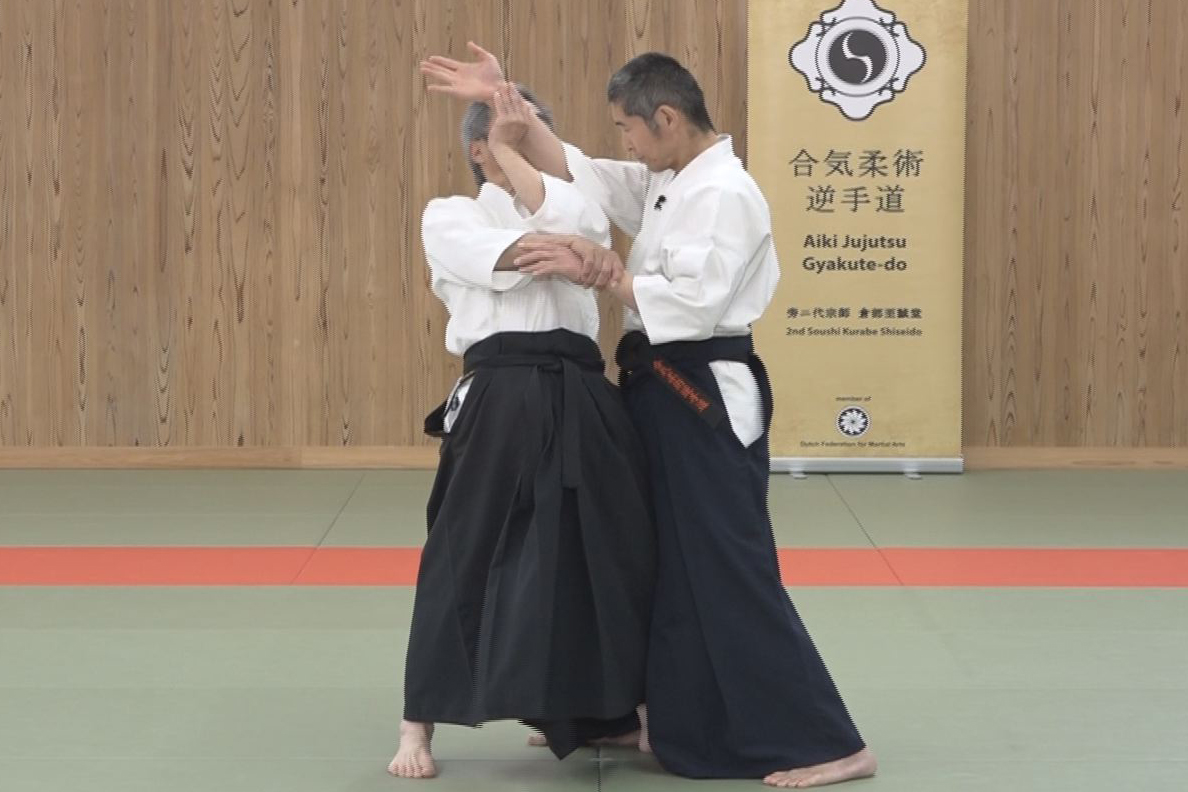
Lesson 24 With Comb. of Different Methods #2
-
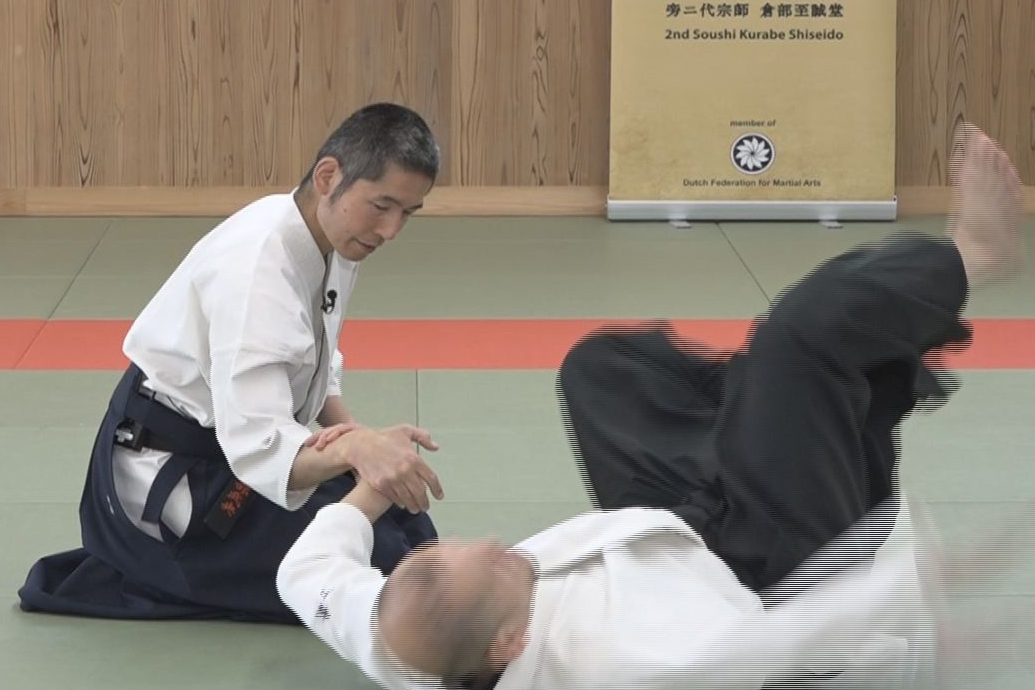
Lesson 23 With Comb. of Different Methods #1
-

Lesson 22 Advanced Tech. using F. E. method #2
-

Lesson 21 Advanced Tech. using F. E. method #1
-
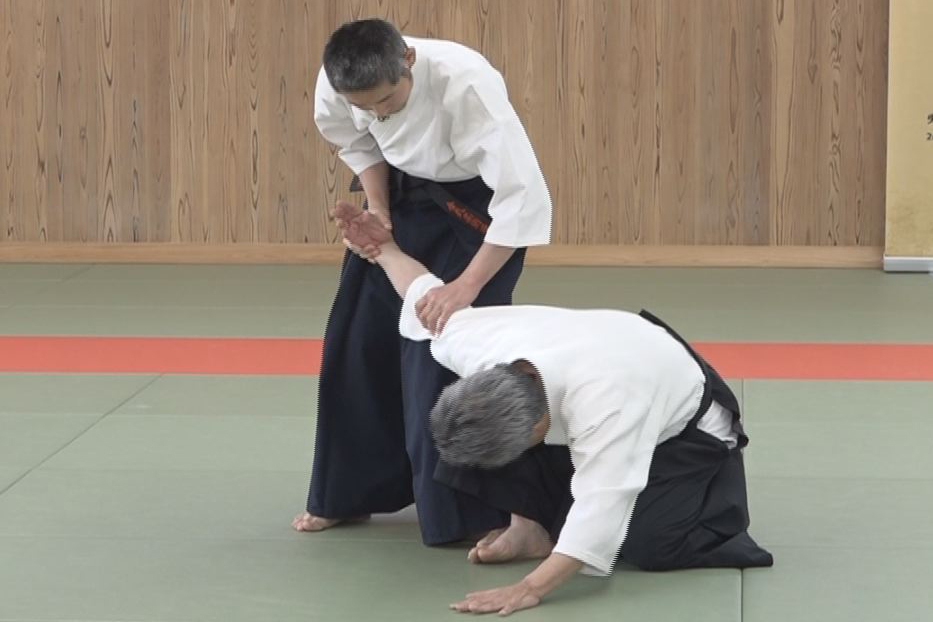
Lesson 20 Advanced tech. using T. F. T. #2
-
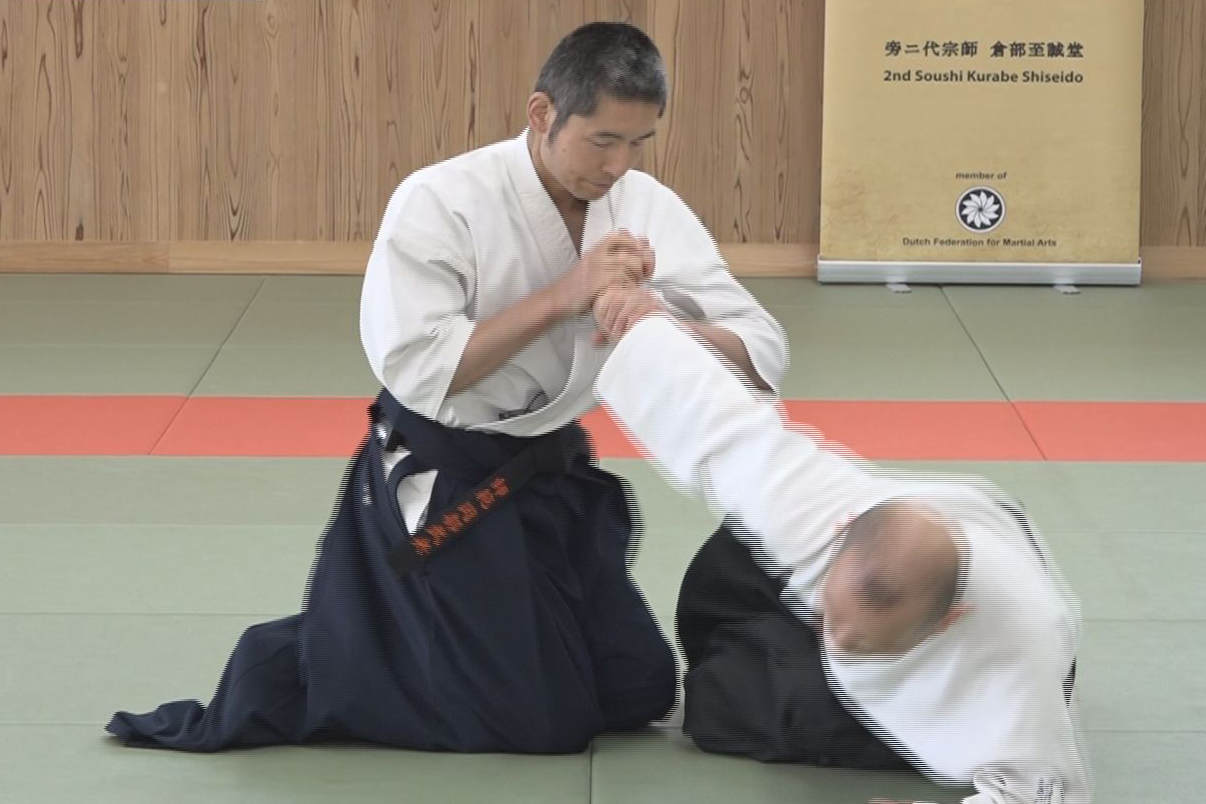
Lesson 19 Advanced tech. using T. F. T. #1
-
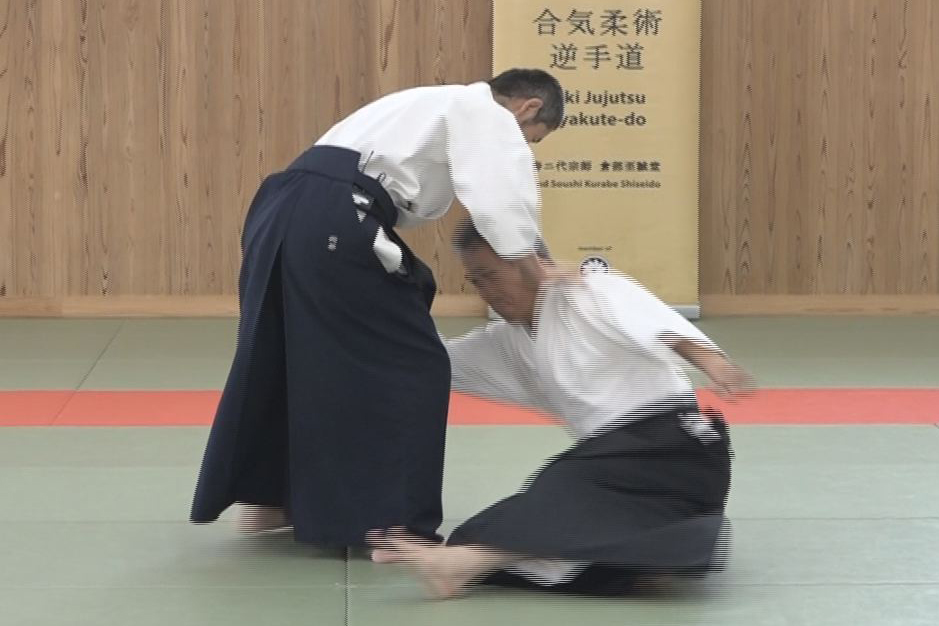
Lesson 18 Advanced tech. using AIKI Contact #2
-
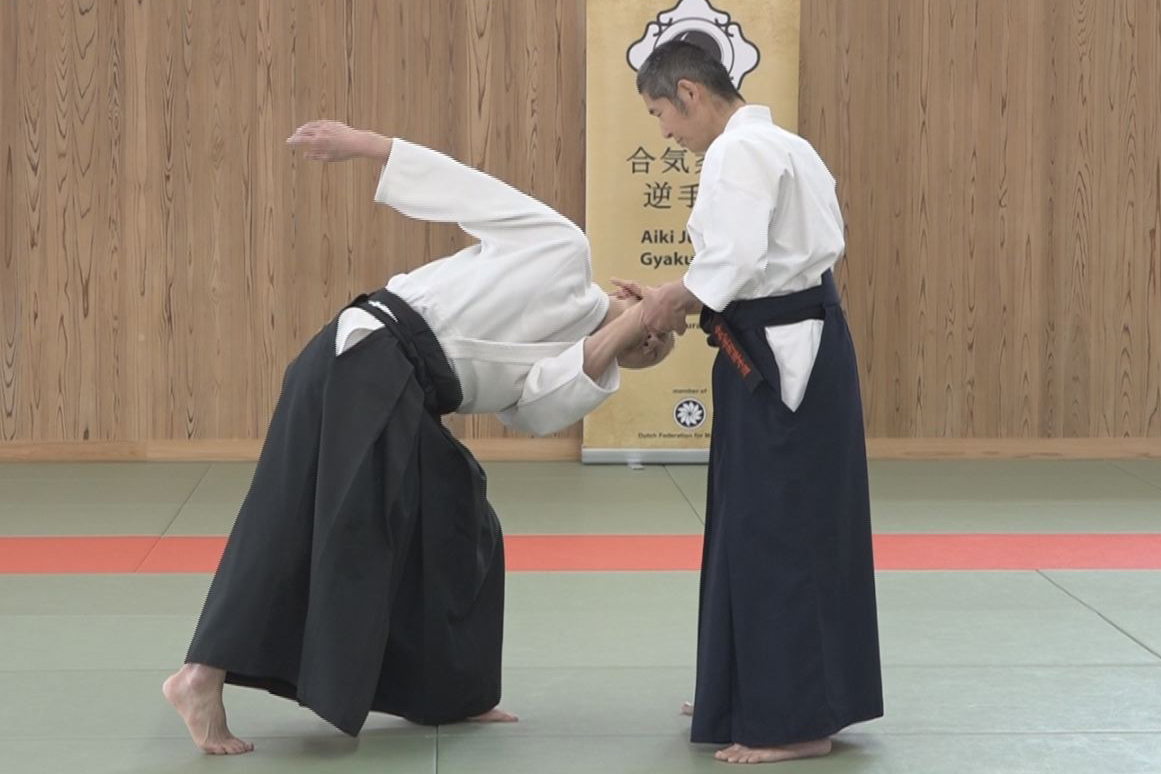
Lesson 17 Advanced tech. using AIKI Contact #1
-
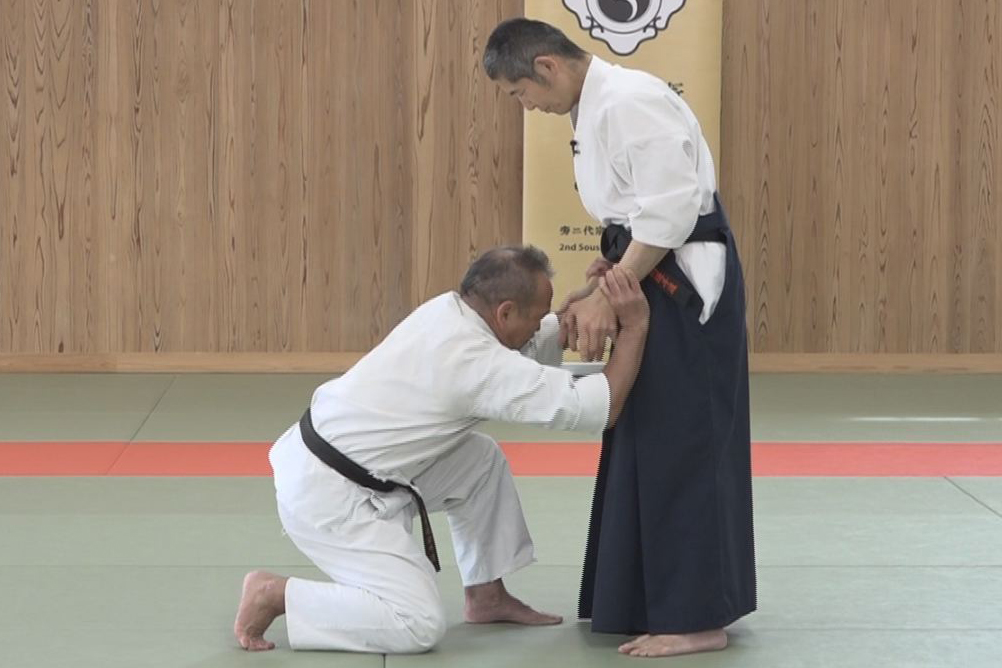
Lesson 16 Advanced tech. by Undetectable F.T. #2
-
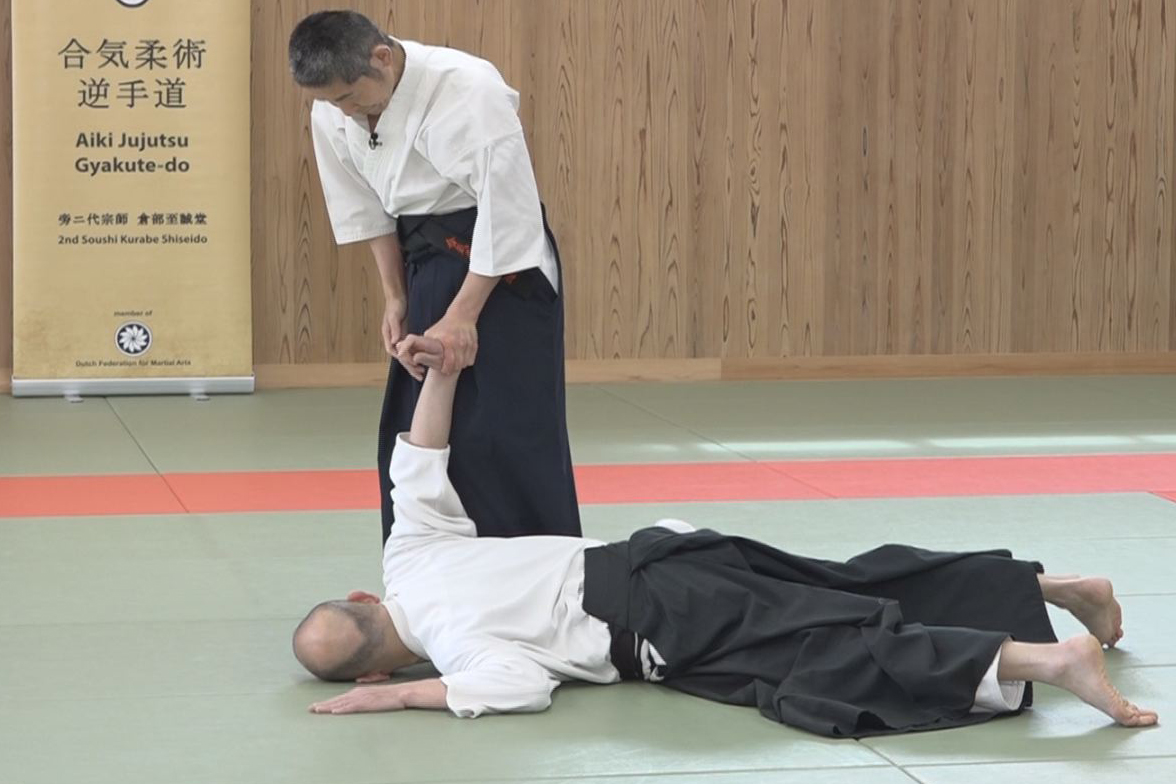
Lesson 15 - Advanced tech. by Undetectable F. T. #1
-
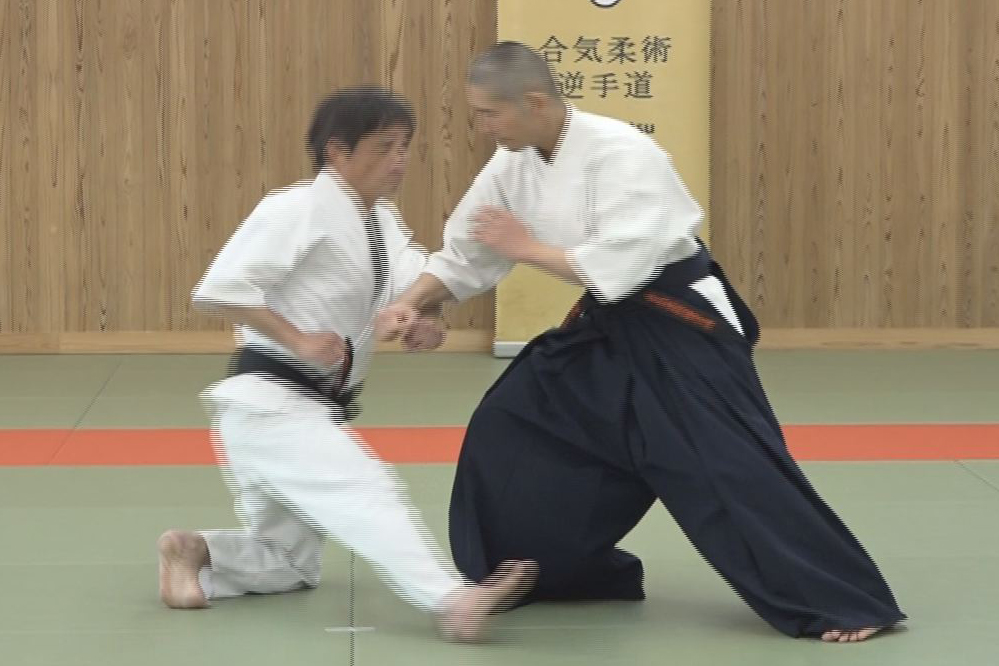
Lesson 14 - Advanced tech. by the Waving method #2
-
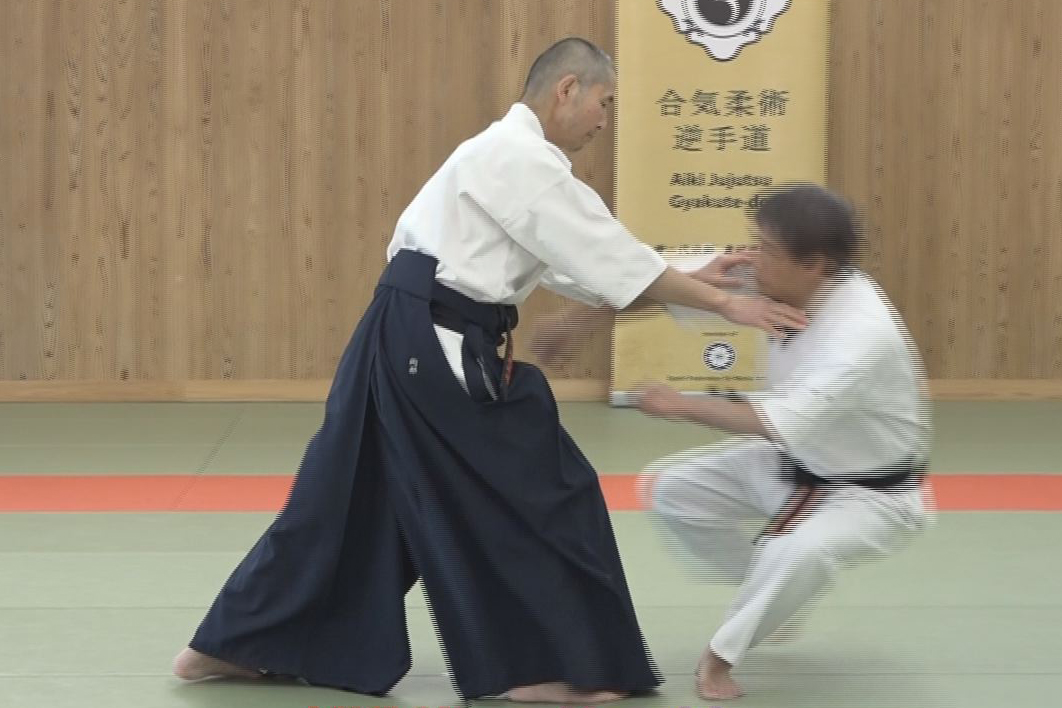
Lesson 13 - Advanced tech. by the Waving method #1
-
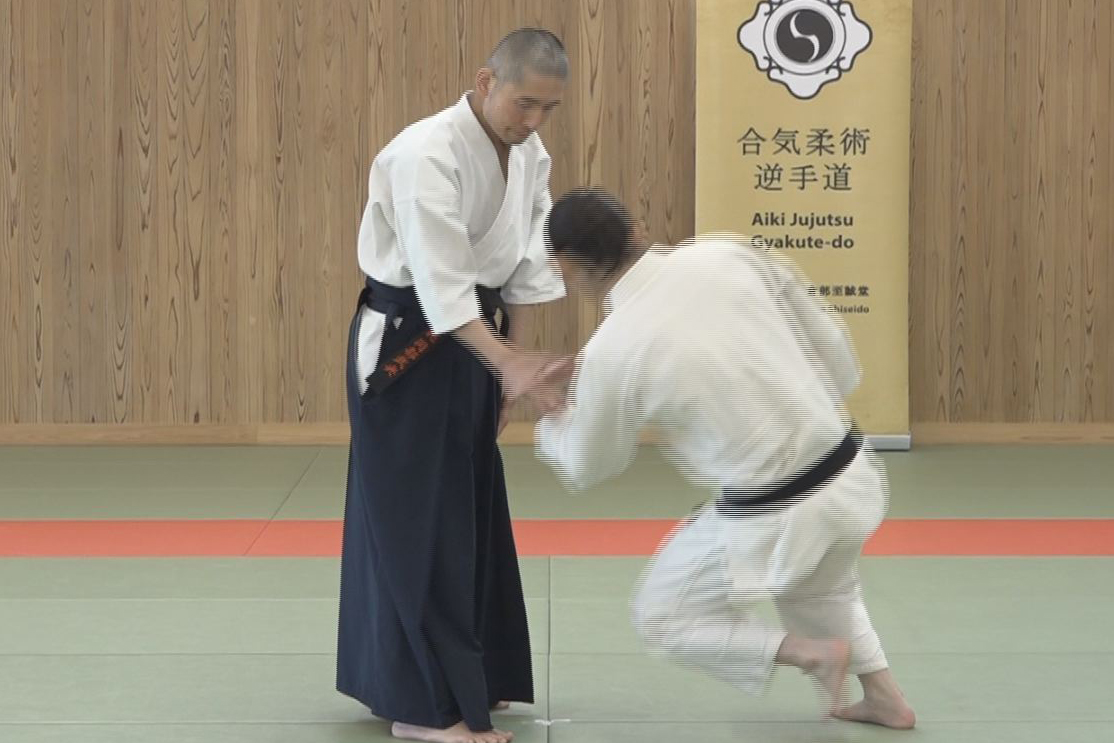
Lesson 12 - Gyaku-te by not Using Force nor AIKI
-
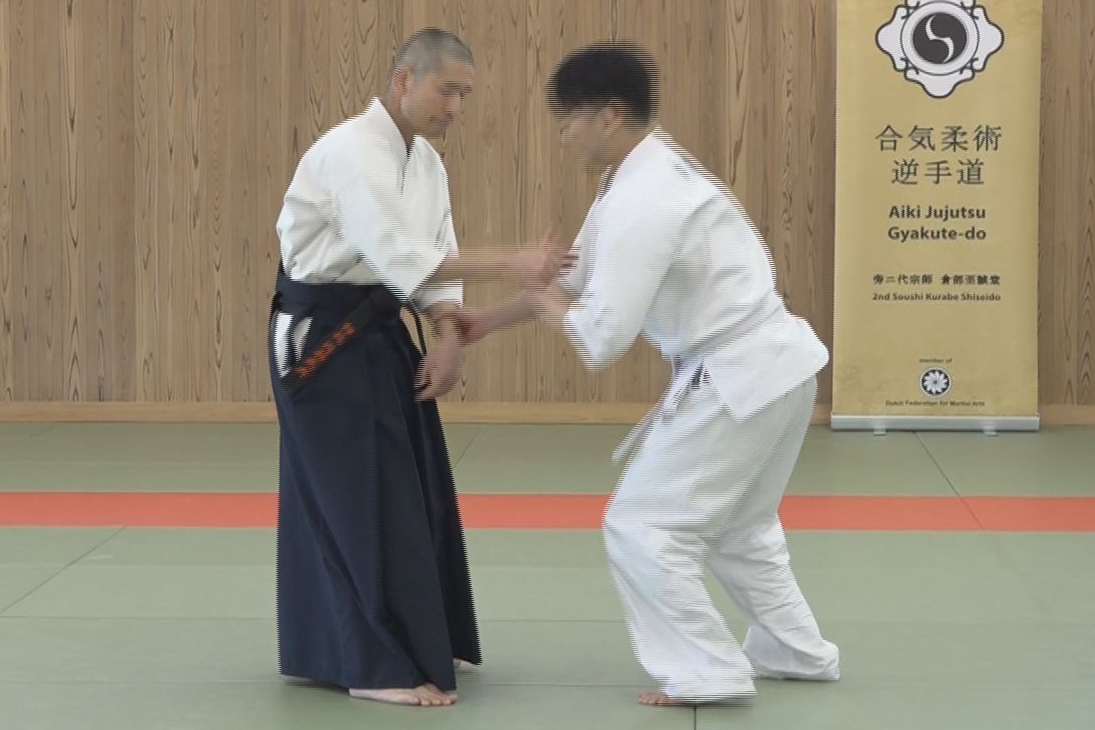
Lesson 11 - Gyaku-te Realized by the AIKI Method
-
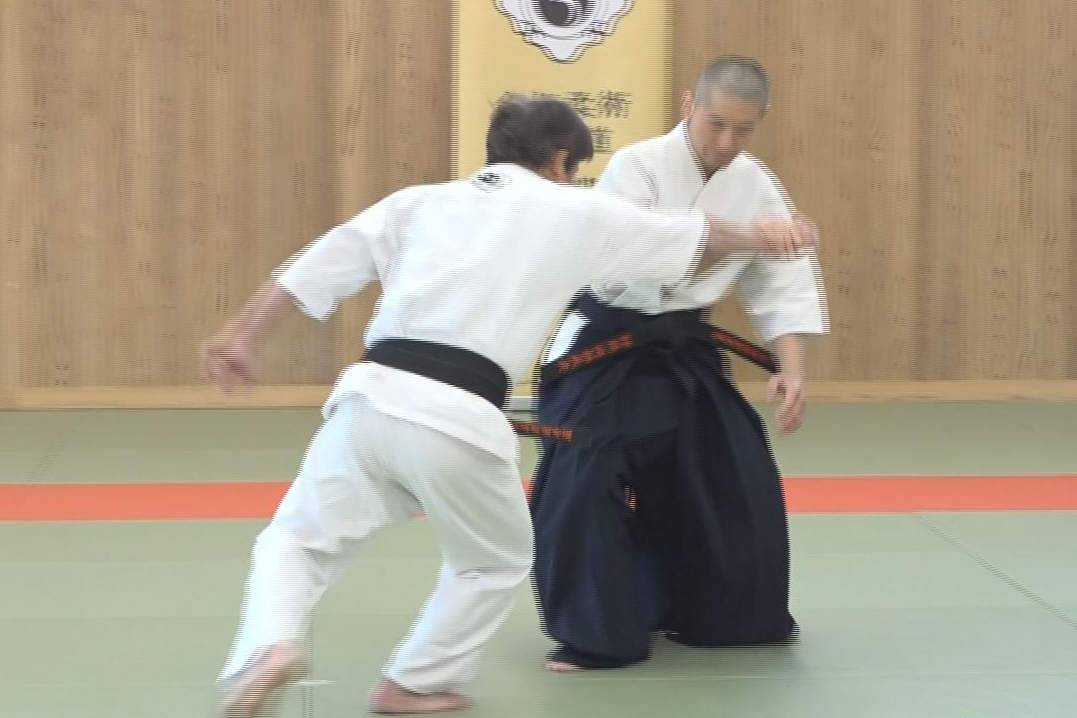
Lesson 10 - Application of Force Equilibrium method
-
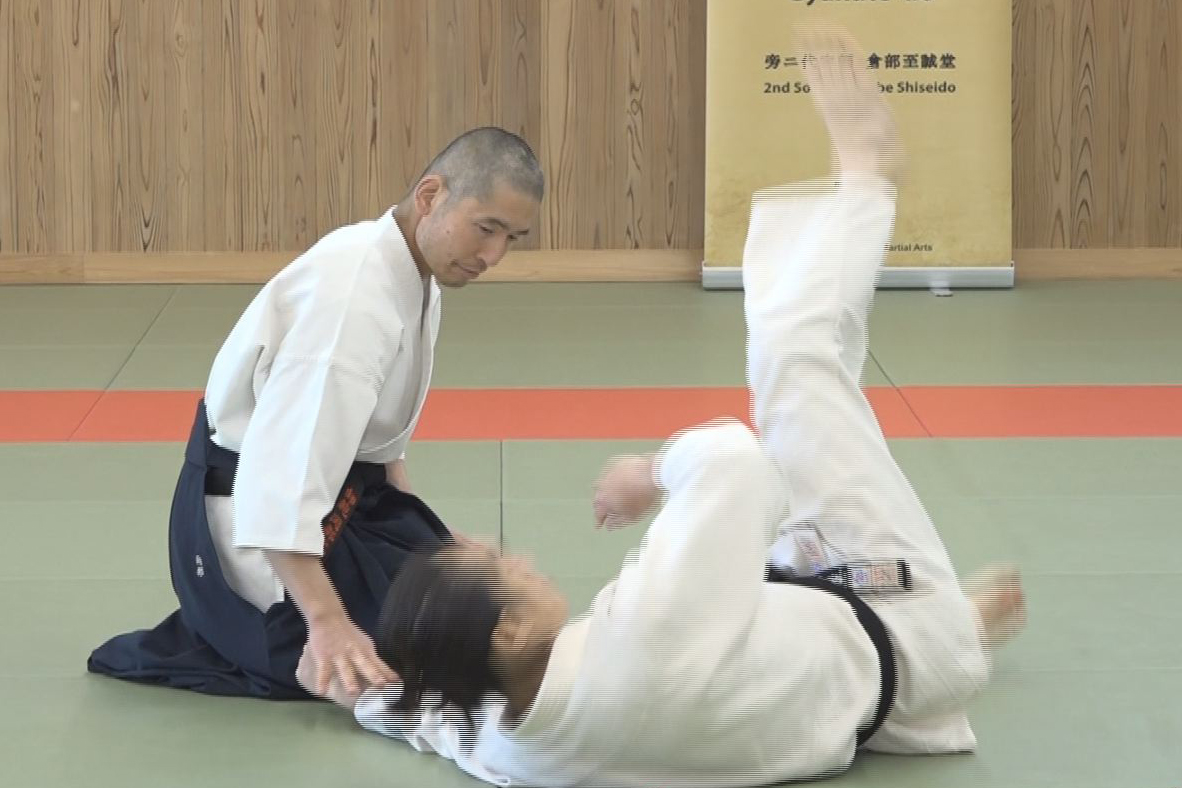
Lesson 9 - Force Equilibrium
-
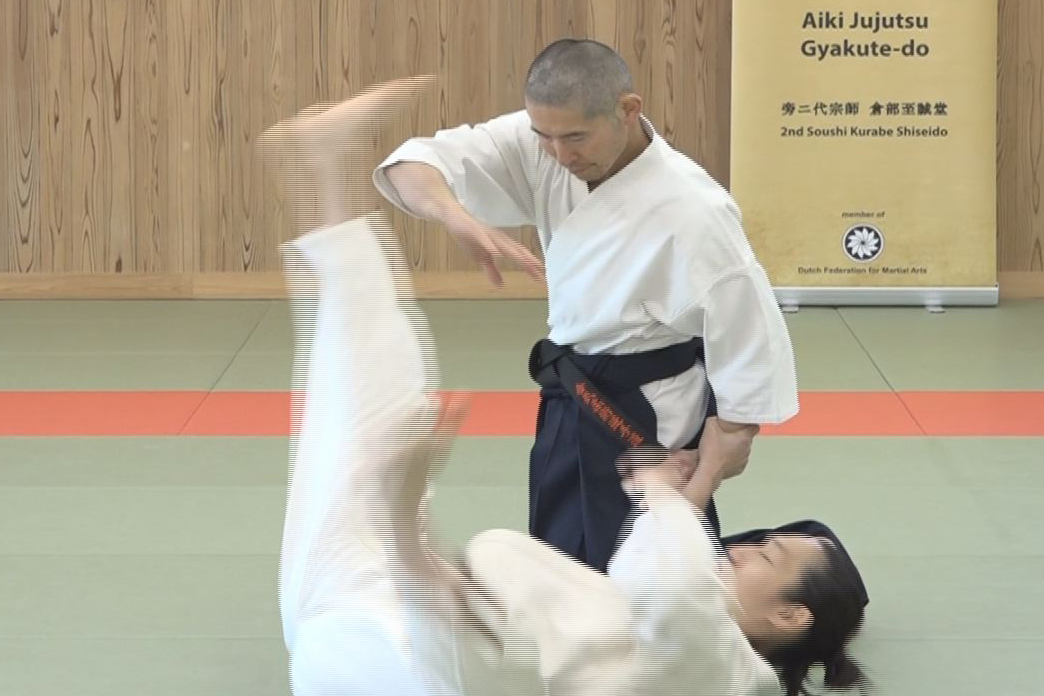
Lesson 8 - Application of Targeted Force Transfer
-
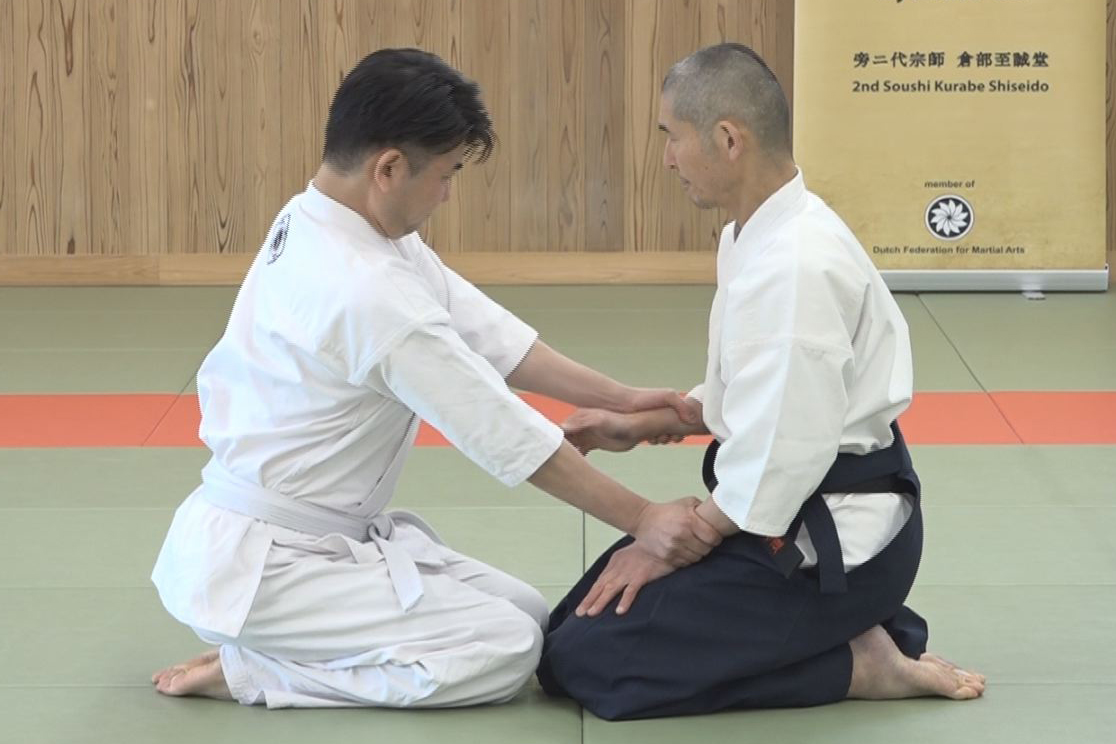
Lesson 7 - Targeted Force Transfer
-
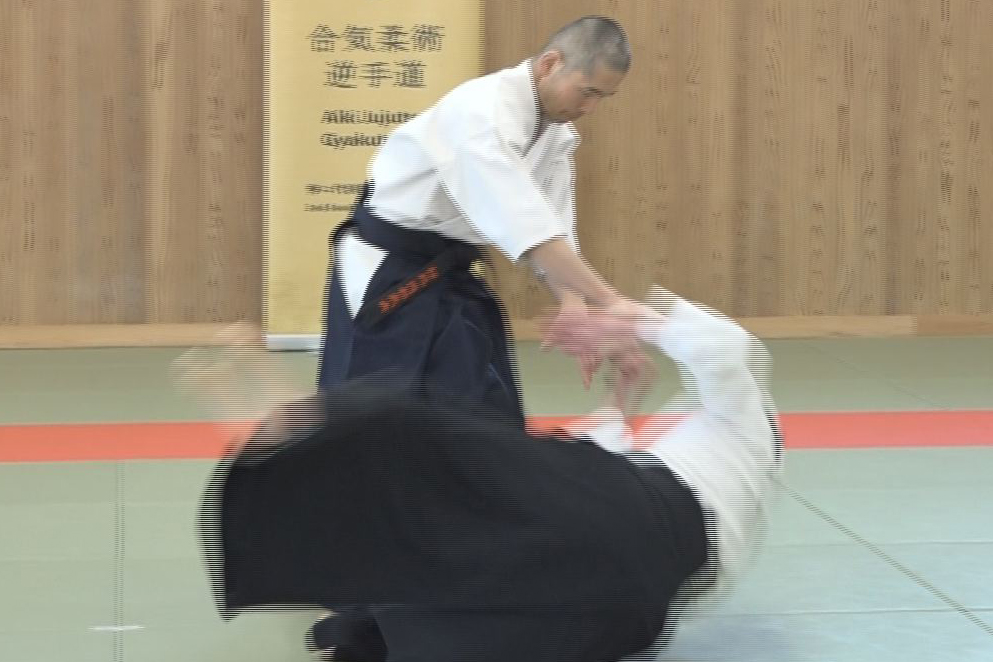
Lesson 6 - Application of AIKI Connection
-
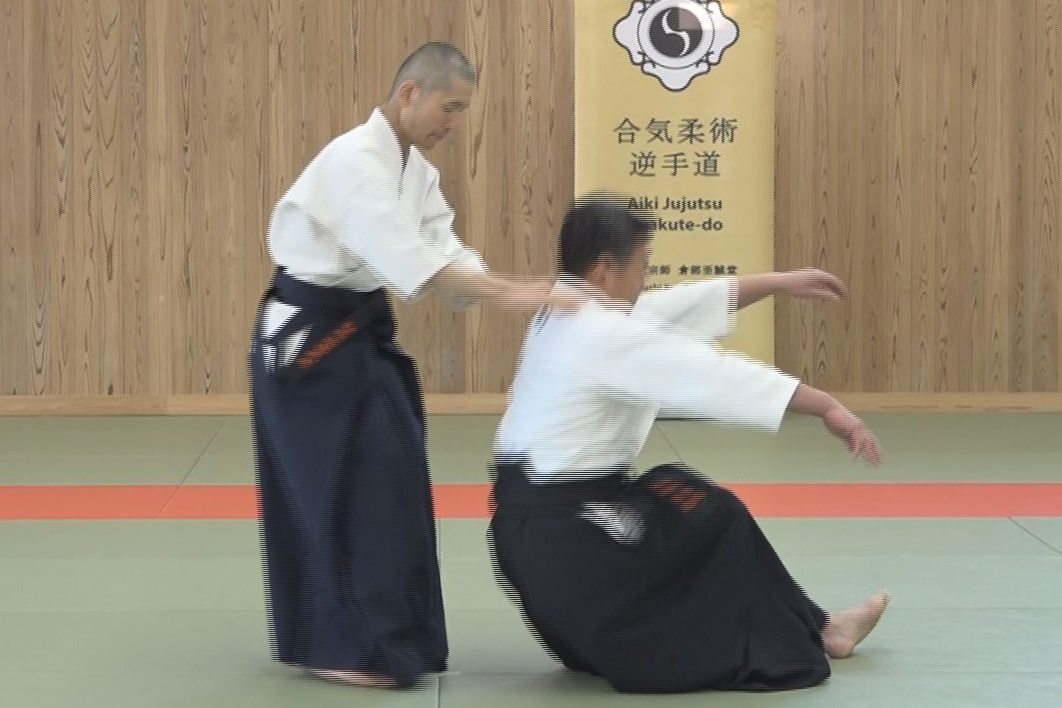
Lesson 5 - AIKI Connection
-
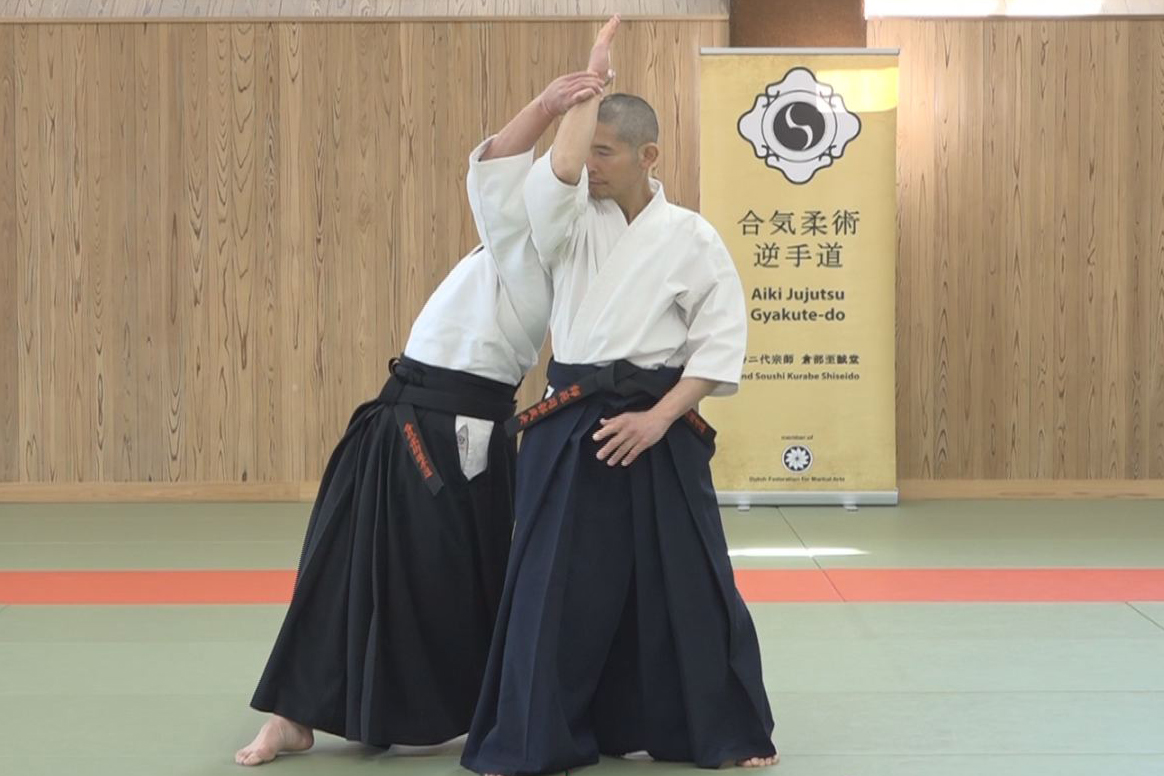
Lesson 4 - Application of Nondetectable Force Transfer
-
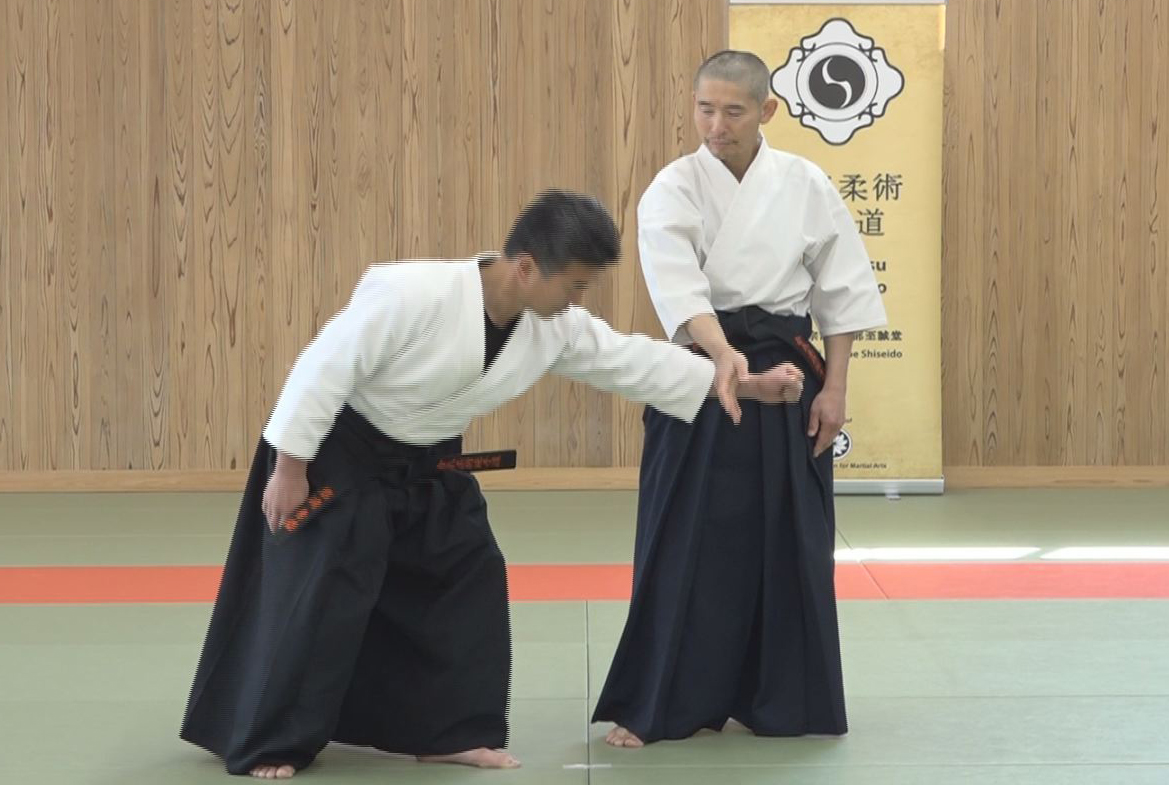
Lesson 3 - Explanation of Undetectable Force Transfer
-
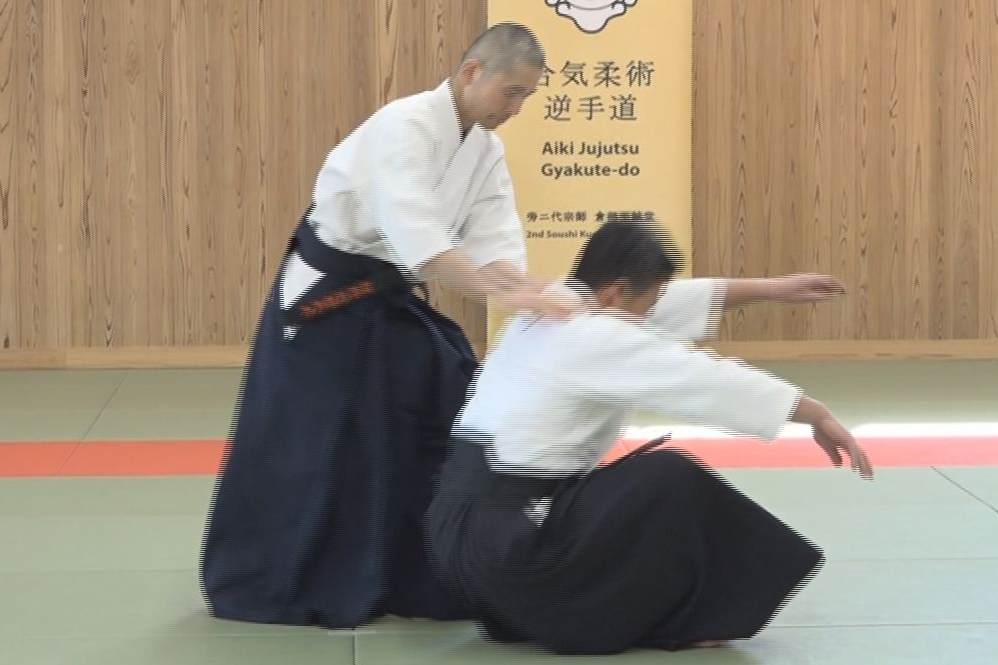
Lesson 2 - Application of Waving Method
-
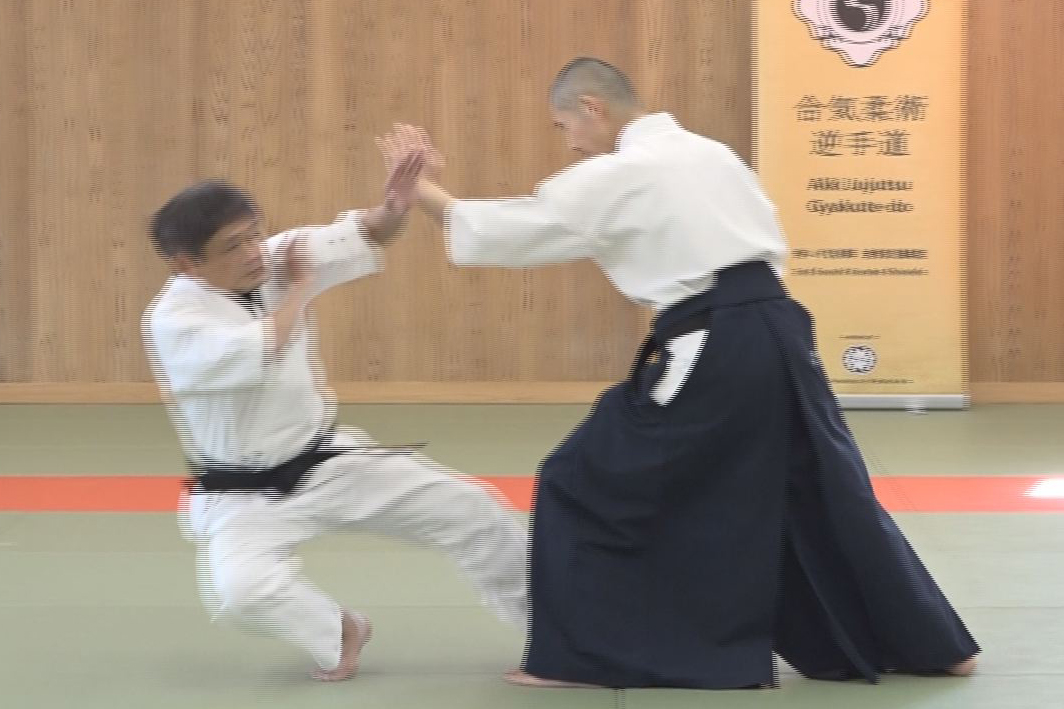
Lesson 1 - The Explanation of Waving Method
-
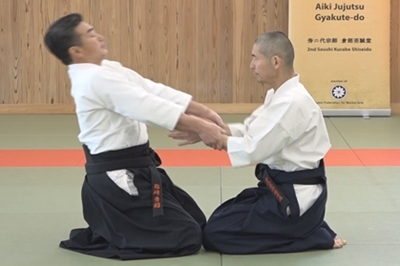
Introduction with video
and Knowledge of AIKI


